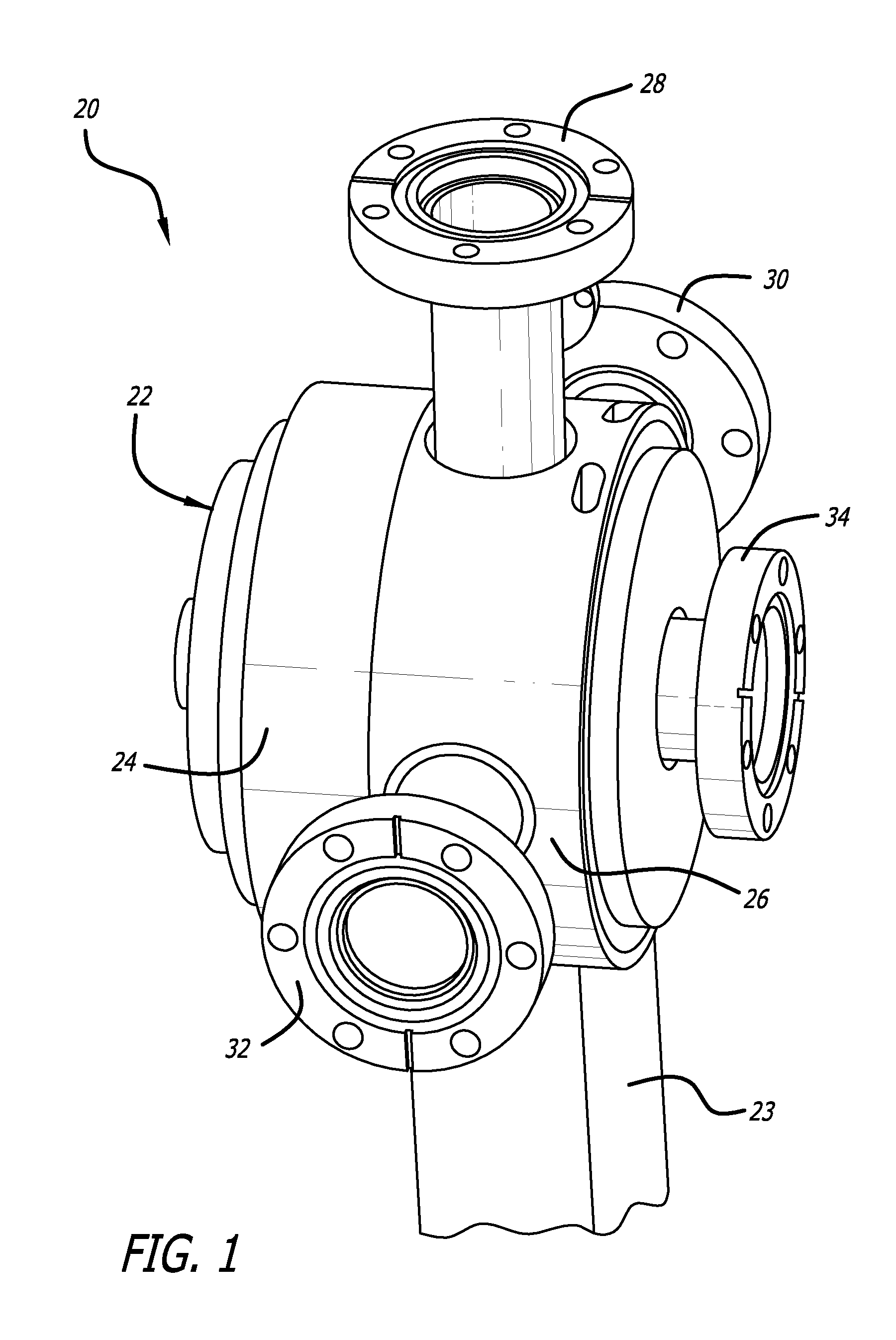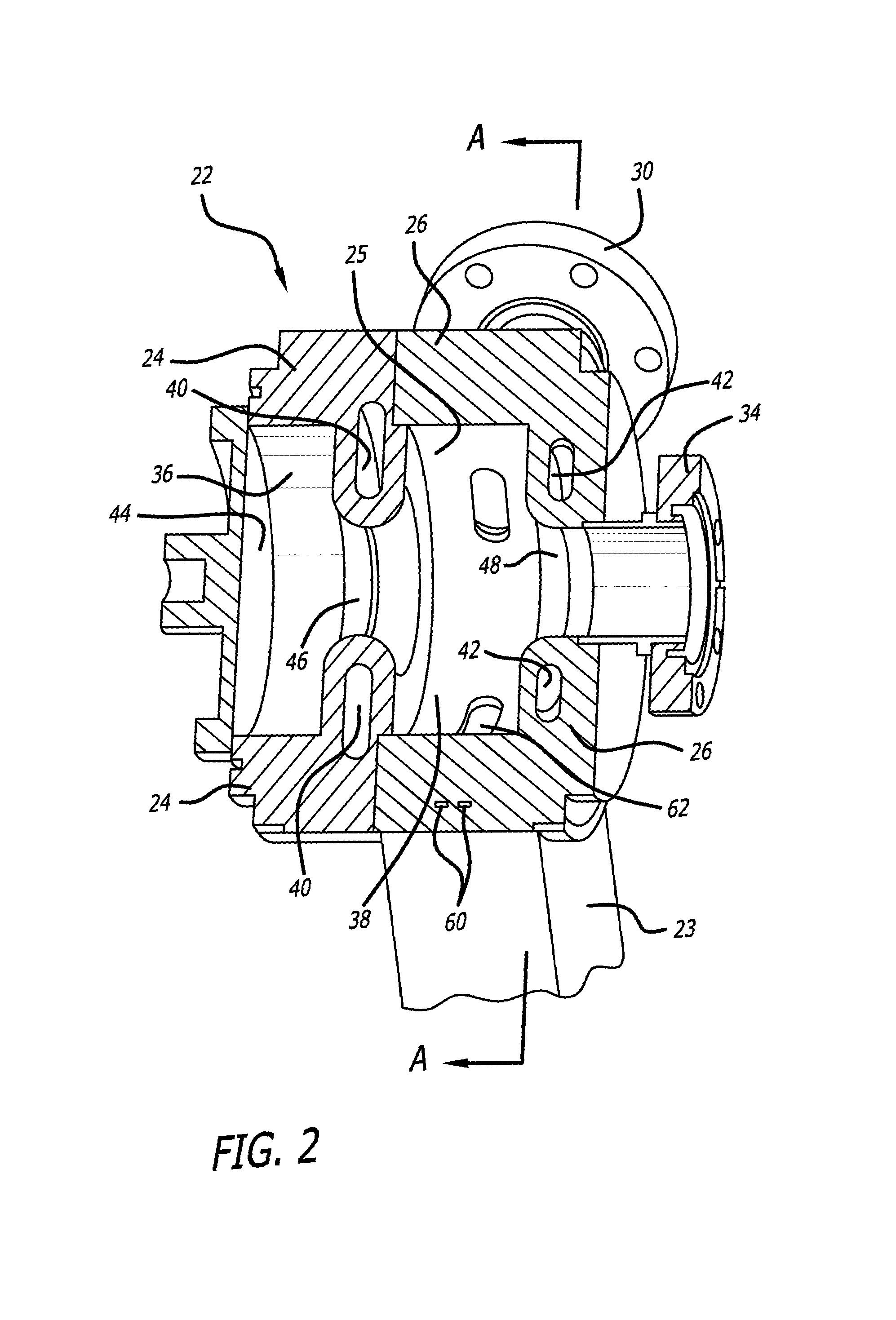Method and apparatus for radio frequency cavity
a radio frequency cavity and apparatus technology, applied in the direction of instruments, mass spectroscopy, beam deviation/focusing by electric/magnetic means, etc., can solve the problems of significant thermal engineering problems, detrimental changes in rf properties and beam quality, accelerator housing, etc., to prevent the breakdown of the microwave field
- Summary
- Abstract
- Description
- Claims
- Application Information
AI Technical Summary
Benefits of technology
Problems solved by technology
Method used
Image
Examples
Embodiment Construction
[0023]With reference to the drawings, which are provided by way of exemplification and not limitation, preferred embodiments of the invention are described below. Prior to describing the embodiments of the invention, however, known technology used in effectuating the invention will be described.
[0024]Turning now to a method of effectuating the present invention, a method of constructing a housing for an RF accelerator will be described that is capable of manufacturing structure capable of overcoming the shortcomings of the prior art. Metal additive fabrication technologies, such as Electron Beam Melting (EBM), have been described for example in U.S. Pat. No. 5,786,562 (Larson), U.S. Pat. No. 6,112,804 (Sachs et al.), U.S. Pat. No. 6,391,251 (Keicher et al.), U.S. Pat. No. 6,401,001 (Jang et al.). The contents of each of these patents is incorporated herein by reference. These technologies employ rapid prototyping layer methods to allow for virtually any three dimensional geometry to...
PUM
 Login to View More
Login to View More Abstract
Description
Claims
Application Information
 Login to View More
Login to View More - R&D
- Intellectual Property
- Life Sciences
- Materials
- Tech Scout
- Unparalleled Data Quality
- Higher Quality Content
- 60% Fewer Hallucinations
Browse by: Latest US Patents, China's latest patents, Technical Efficacy Thesaurus, Application Domain, Technology Topic, Popular Technical Reports.
© 2025 PatSnap. All rights reserved.Legal|Privacy policy|Modern Slavery Act Transparency Statement|Sitemap|About US| Contact US: help@patsnap.com



